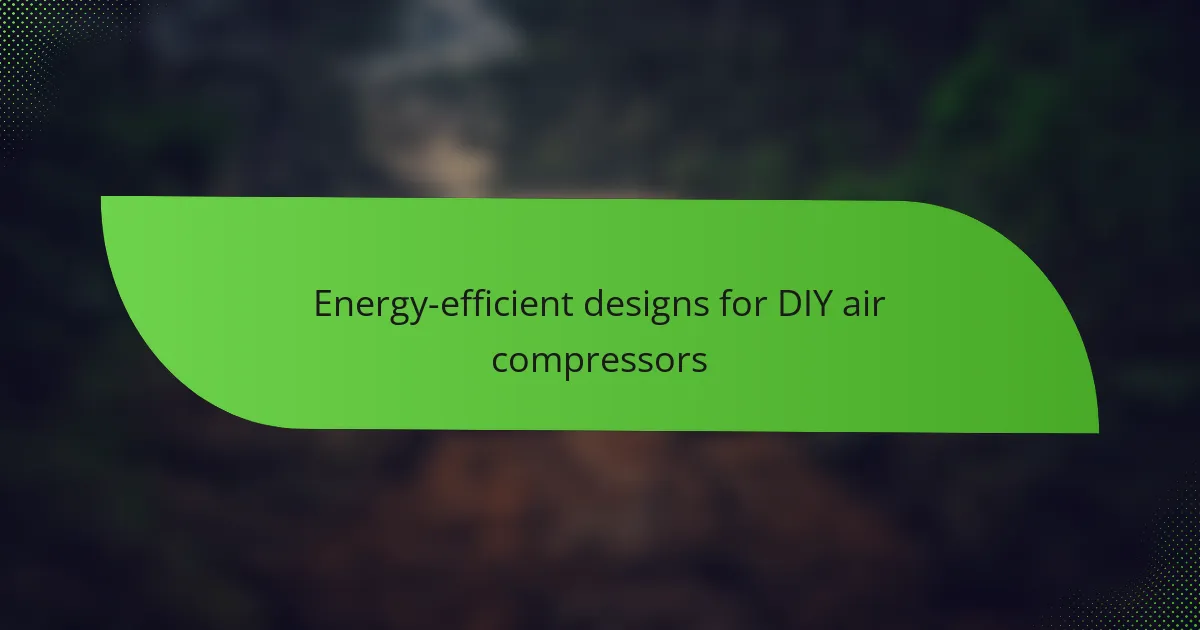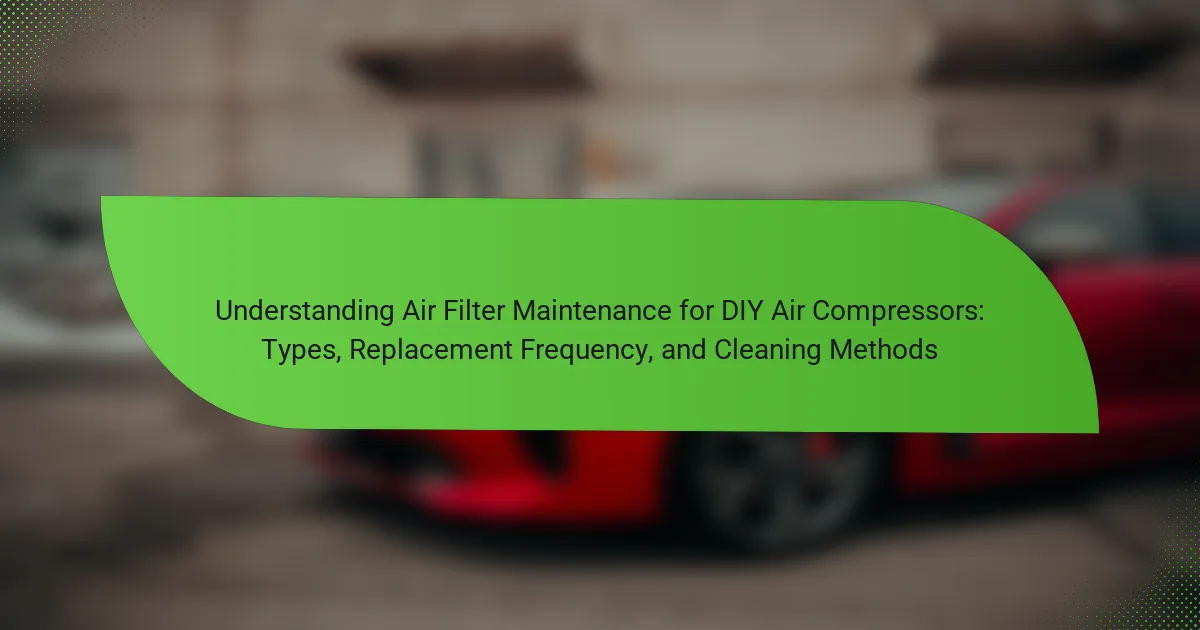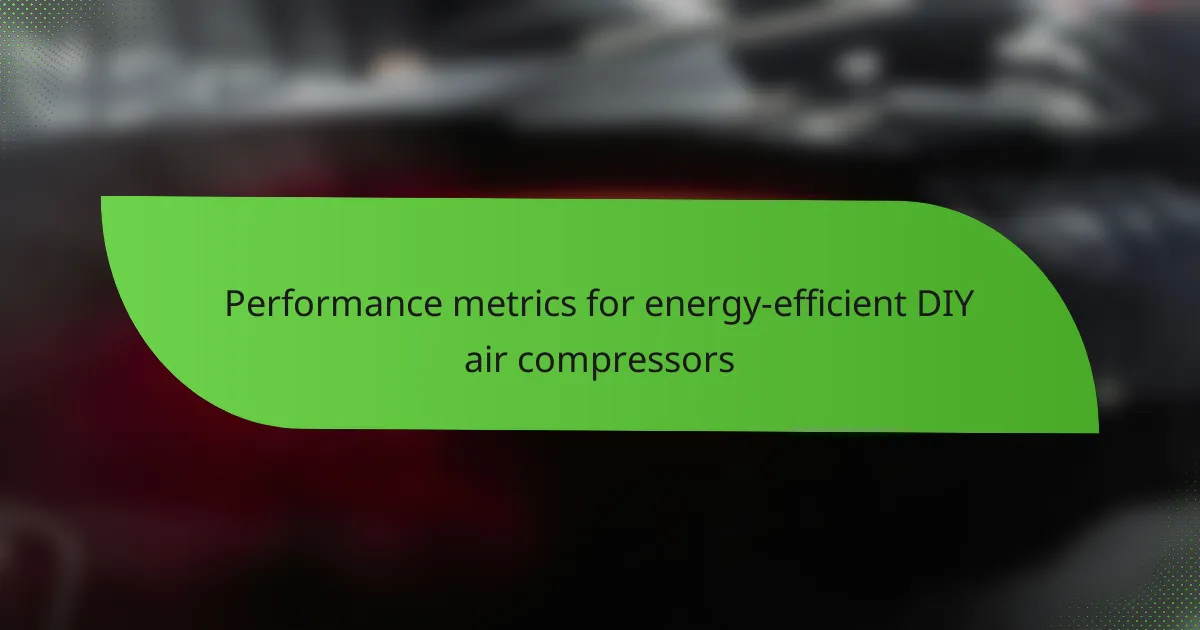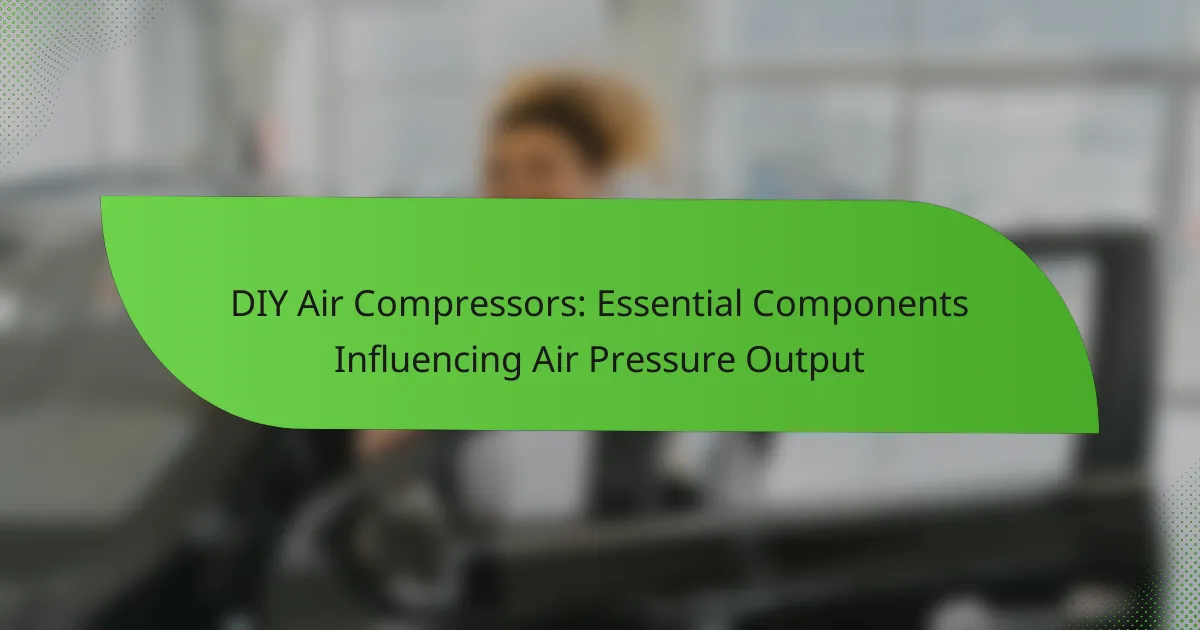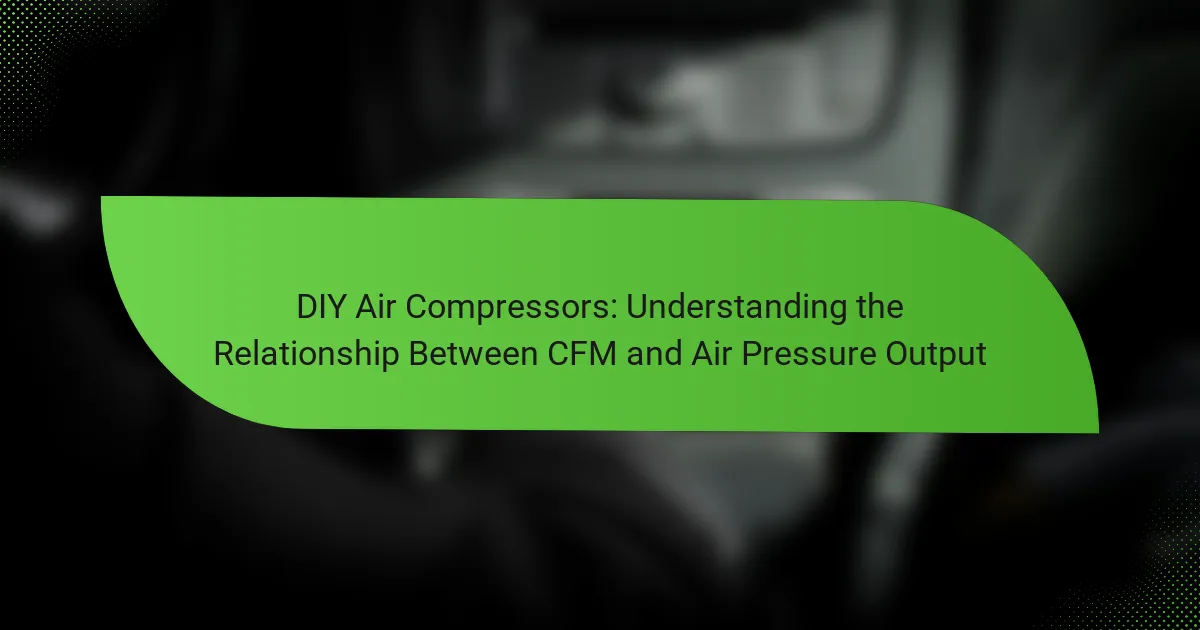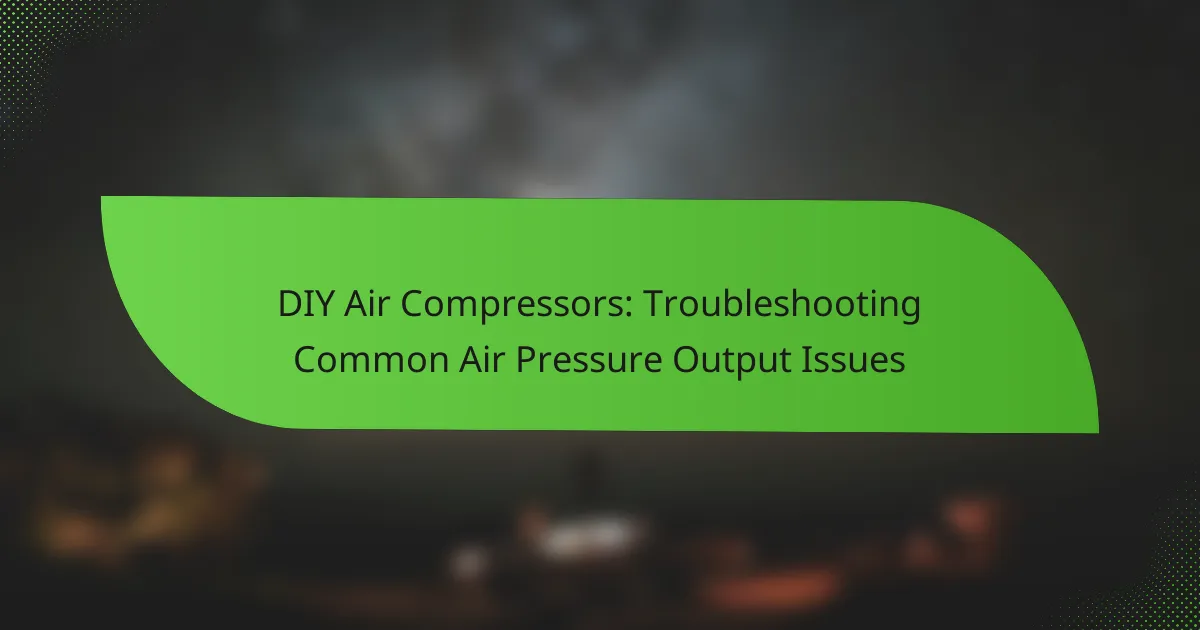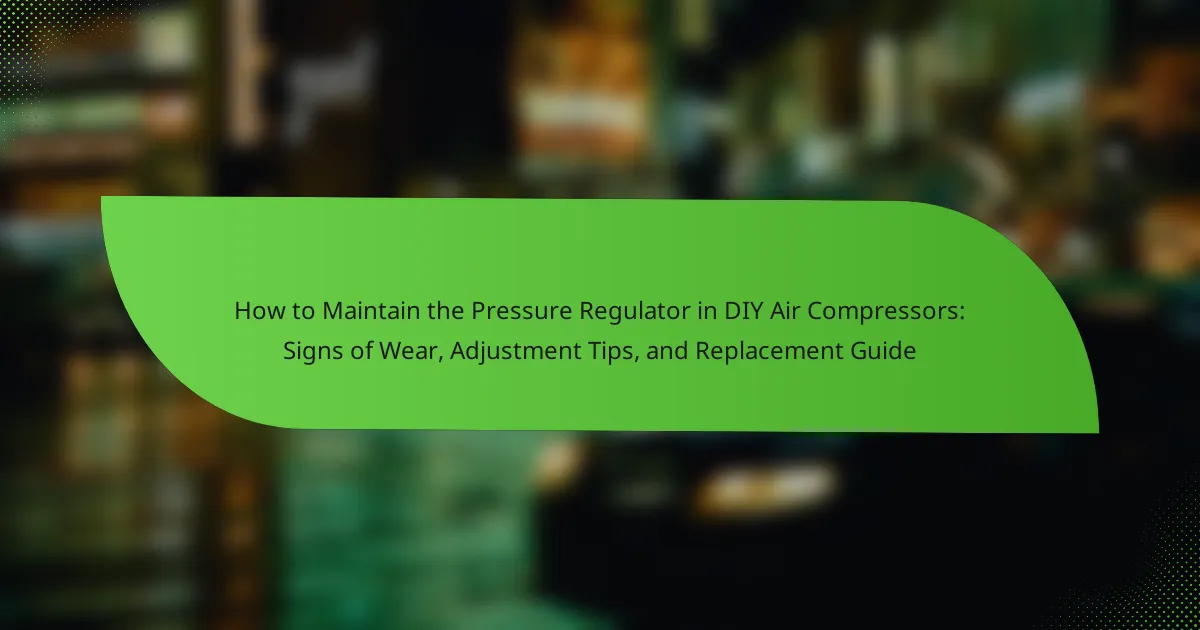
How to Maintain the Pressure Regulator in DIY Air Compressors: Signs of Wear, Adjustment Tips, and Replacement Guide
A pressure regulator is a crucial component in DIY air compressors, responsible for controlling the output pressure of compressed air to ensure consistent and safe levels for tools and equipment. This article provides essential information on maintaining pressure regulators, including identifying signs of wear such as fluctuating pressure readings and air leaks. It offers detailed…


